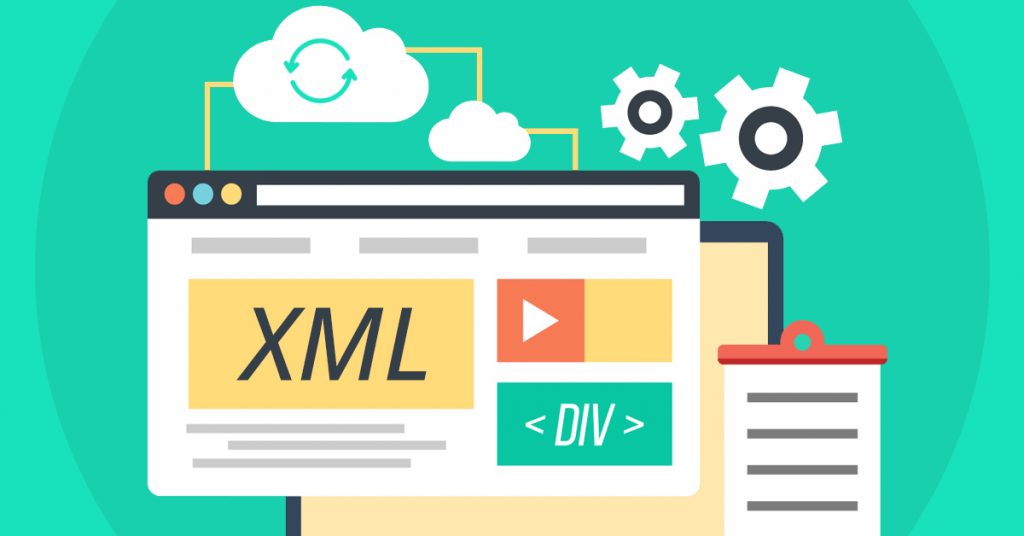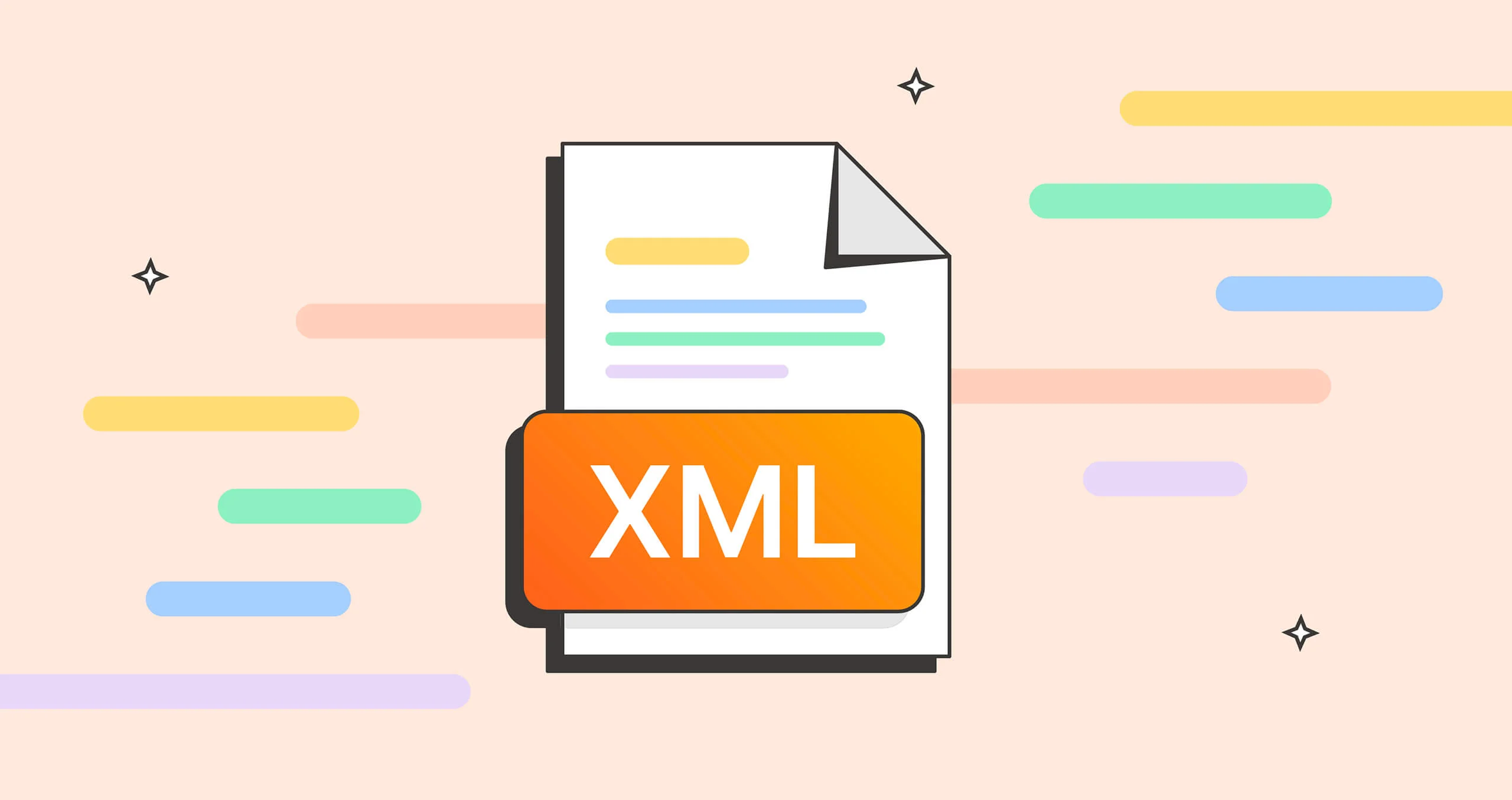使用iTunes标签创建播客RSS提要的完整指南
创建包含正确iTunes标签的播客RSS feed是确保节目可在Apple Podcasts等平台被发现和正确显示的关键;2. RSS feed必须遵循RSS 2.0规范并包含特定的iTunes标签,如

Creating a podcast RSS feed with proper iTunes (now Apple Podcasts) tags is essential if you want your show to be discoverable, well-formatted, and accepted into Apple Podcasts—the largest podcast directory. While the process may seem technical, it’s manageable once you understand the structure and required metadata. Here’s a complete guide to help you build a valid, Apple-friendly RSS feed.

What Is a Podcast RSS Feed with iTunes Tags?
An RSS (Really Simple Syndication) feed is a structured XML file that delivers your podcast episodes to directories like Apple Podcasts, Spotify, and Google Podcasts. The feed includes episode titles, descriptions, audio file links, publication dates, and additional metadata.
Apple Podcasts uses specific XML tags—called iTunes tags—to enhance how your podcast appears in its directory. These tags control artwork, categories, explicit content labels, and more.

Even though Apple now calls it "Apple Podcasts," the namespace in the feed is still xmlns:itunes="http://www.itunes.com/dtds/podcast-1.0.dtd", so you’ll often hear them referred to as “iTunes tags.”
Required Elements for an Apple Podcasts-Compatible RSS Feed
Your RSS feed must follow the RSS 2.0 specification and include specific iTunes tags to be accepted. Below are the required and recommended elements.
1. Channel-Level Tags (Podcast Details)
These go inside the <channel></channel> tag and define your entire podcast:
-
<title></title>– The name of your podcast. Keep it clear and consistent. -
<link>– Your podcast’s website URL. -
<description></description>– A brief summary of your show (under 4000 characters). -
<language></language>– Language in RFC-8266 format (e.g.,en-us). -
<copyright></copyright>– Optional, but recommended (e.g.,© 2024 Your Name). -
<managingeditor></managingeditor>– Your email and name (e.g.,youremail@example.com (Your Name)). -
<webmaster></webmaster>– Webmaster contact (optional). -
<pubdate></pubdate>– Publication date of the most recent episode (RFC 822 format). -
<lastbuilddate></lastbuilddate>– When the feed was last updated. -
<category></category>– General RSS category (e.g.,Technology). -
<generator></generator>– What software you used to generate the feed (e.g.,Podcast Generator 1.0). -
<docs></docs>– Should behttp://blogs.law.harvard.edu/tech/rss.
iTunes-Specific Channel Tags (Critical for Apple)
Add the iTunes namespace to the <rss></rss> tag:
<rss xmlns:itunes="http://www.itunes.com/dtds/podcast-1.0.dtd" version="2.0">
Now include these inside <channel>:
<itunes:author>– The primary author/creator of the podcast.<itunes:summary>– A detailed description (under 4000 characters). Apple recommends 300–1500 words.<itunes:owner>– Contains contact info:<itunes:owner> <itunes:name>Your Name</itunes:name> <itunes:email>youremail@example.com</itunes:email> </itunes:owner>
<itunes:image href="https://yoursite.com/artwork.jpg" />– A direct link to your square JPG or PNG artwork (1400x1400 to 3000x3000 pixels, under 512 KB).<itunes:category text="Technology" />– At least one Apple-specific category. You can nest subcategories:<itunes:category text="Technology"> <itunes:category text="Gadgets" /> </itunes:category>
-
<explicit></explicit>– Set toyes,no, orclean. Required.cleanmeans safe for all audiences but marked as edited. -
<complete></complete>–yesif the podcast is finished; otherwise omit or useno. -
<new-feed-url></new-feed-url>– Use only if you’ve permanently moved your feed. -
<title></title>– Episode title. -
<description></description>– Short description. -
<enclosure url="AUDIO_FILE_URL" length="FILE_SIZE" type="audio/mpeg"></enclosure>– This is crucial. It points to your MP3 (or other audio) file.-
url: Direct, permanent link to the audio file. -
length: File size in bytes. -
type: MIME type (e.g.,audio/mpegfor MP3).
-
-
<guid></guid>– A unique identifier for the episode (usually the audio URL or a custom ID). Should be permanent. -
<pubdate></pubdate>– When the episode was published (RFC 822 format). -
<duration></duration>– Total playback time inHH:MM:SSorMM:SS. -
<title></title>– Can differ from<title></title>(e.g., shorter version). -
<author></author>– Author of this episode. -
<summary></summary>– Long-form episode description. -
<image></image>– Optional per-episode image (otherwise inherits from channel). -
<duration></duration>– Same as<duration></duration>, but required by Apple. -
<explicit></explicit>– Override the channel setting per episode. -
<episode></episode>– Number for serialized episodes (e.g.,1,2). -
<episodetype></episodetype>–full,trailer, orbonus. -
` – Season number (if applicable). -
Choose a Hosting Platform
You can self-host the XML, but most creators use podcast hosts like:- Buzzsprout
- Captivate
- Podbean
- Anchor (by Spotify)
- Transistor
These platforms auto-generate a compliant RSS feed with correct iTunes tags when you upload episodes.
-
If Building Manually (Advanced)
Write the XML from scratch or use a generator tool:- Use a code editor (VS Code, Sublime).
- Follow the structure above.
- Validate with Podbase Validator or W3C Feed Validation Service.
-
Upload and Publish Audio Files
Make sure your audio files are:- In MP3 format (recommended).
- Hosted on a reliable server with hotlinking allowed.
- Named clearly and stored permanently (don’t change URLs).
-
Test Your Feed
Before submitting to Apple:- Paste your feed URL into Apple’s Podcasts Connect to test.
- Use a feed validator.
- Subscribe to your own feed in a podcast app to check display.
-
Submit to Apple Podcasts
- Go to Podcasts Connect.
- Sign in with your Apple ID.
- Click “ ” to add a new show.
- Enter your feed URL.
- Apple will validate and notify you if approved.
- ❌ Using relative image/audio URLs (must be absolute:
https://...). - ❌ Changing episode GUIDs or audio file URLs after publishing.
- ❌ Forgetting
<explicit></explicit>– Apple rejects feeds without it. - ❌ Artwork not meeting size or format requirements.
- ❌ Duplicate episode titles or missing
<pubdate></pubdate>. - Keep your feed updated: publish new
<item></item>entries as you release episodes. - Use consistent branding and metadata across platforms.
- Even if you use a host, understanding the RSS structure helps troubleshoot issues.
2. Item-Level Tags (Per Episode)
Each episode goes in an <item></item> tag within <channel></channel>. Required elements:
iTunes-Specific Episode Tags
Step-by-Step: Building Your RSS Feed
Common Mistakes to Avoid
Final Tips
Basically, you don’t need to write XML by hand unless you want full control—but knowing how it works ensures your podcast looks professional and gets accepted everywhere. Most of the heavy lifting is handled by podcast hosts, but the underlying structure still relies on correctly formatted iTunes tags.
That’s it. Your podcast RSS feed is the foundation of your show’s distribution. Get it right, and your content can reach millions.
以上是使用iTunes标签创建播客RSS提要的完整指南的详细内容。更多信息请关注PHP中文网其他相关文章!

热AI工具

Undress AI Tool
免费脱衣服图片

Undresser.AI Undress
人工智能驱动的应用程序,用于创建逼真的裸体照片

AI Clothes Remover
用于从照片中去除衣服的在线人工智能工具。

Stock Market GPT
人工智能驱动投资研究,做出更明智的决策

热门文章

热工具

记事本++7.3.1
好用且免费的代码编辑器

SublimeText3汉化版
中文版,非常好用

禅工作室 13.0.1
功能强大的PHP集成开发环境

Dreamweaver CS6
视觉化网页开发工具

SublimeText3 Mac版
神级代码编辑软件(SublimeText3)
 从DTD迁移到XSD:实用指南
Aug 31, 2025 am 05:42 AM
从DTD迁移到XSD:实用指南
Aug 31, 2025 am 05:42 AM
迁移从DTD到XSD的答案是:首先明确迁移能带来更强的数据类型支持、命名空间兼容性、更好的工具集成和更清晰的错误提示;1.分析现有DTD,列出元素、属性、内容模型及复用结构;2.将DTD元素转换为XSD语法,使用xs:element、xs:complexType并设置minOccurs、maxOccurs定义数量;3.对混合内容使用mixed="true"并显式定义choice结构;4.将参数实体替换为xs:attributeGroup以实现复用;5.全面验证转换后的XSD,
 XML规范化指南(C14N)
Aug 27, 2025 am 06:08 AM
XML规范化指南(C14N)
Aug 27, 2025 am 06:08 AM
XMLCANONICALIAD(C14N)溶剂删除词法varibilitionInxmlByeneringlogynallogialentialDocumentsDocusementicalByteSequenses,critalitical forderfordigaligatalSignaterSignatures andsecurecomparisons.1.canonicalxml(c1.0)提供了fullnormalalibribipribip.canonicalxml(c1.0)
 如何有效处理和解析大型XML文件
Aug 28, 2025 am 07:27 AM
如何有效处理和解析大型XML文件
Aug 28, 2025 am 07:27 AM
使用流式解析器而非DOM来高效处理大XML文件,因为DOM会将整个文档加载到内存中导致内存溢出。1.使用SAX或StAX等流式解析器,如Python中的xml.etree.ElementTree.iterparse,通过事件驱动方式逐元素处理;2.每处理完一个元素后调用elem.clear()释放内存,防止内存泄漏;3.只提取所需数据并分块处理,避免存储完整结构;4.将结果直接写入文件或数据库,减少中间存储;5.对于极大文件,可预分割文件或并行处理;6.使用lxml等高性能库替代标准库提升解析速
 比较Python中的XML解析库:LXML与ElementTree
Sep 06, 2025 am 02:20 AM
比较Python中的XML解析库:LXML与ElementTree
Sep 06, 2025 am 02:20 AM
lxmlisfasterandbetterforlargefilesduotoclibraries; 2.lxmlSupportsAdvancedFeaturesLikeLikeFullXPath,XSLT和Schemavalidation; 3.Elem entreeisbuilt-Indectientency-nerelxmlrequiresInstallation; 4.lxmlhandlesmalformedxmlmoregraceflace withbettererrordiagn
 通过编程DTD验证XML文档
Sep 01, 2025 am 07:14 AM
通过编程DTD验证XML文档
Sep 01, 2025 am 07:14 AM
要验证XML文档是否符合DTD,必须启用解析器的验证模式并确保DTD可访问,具体步骤为:1.使用DocumentBuilderFactory设置setValidating(true)以启用DTD验证;2.创建DocumentBuilder并设置自定义ErrorHandler以捕获警告、错误和严重错误;3.通过parse()方法解析XML内容,若存在DTD则自动进行验证;4.对于外部DTD,可通过EntityResolver提供本地副本以避免网络依赖;5.注意安全风险,如需防止XXE攻击可禁用DO
 在现代应用程序中使用XML作为数据源
Sep 03, 2025 am 06:18 AM
在现代应用程序中使用XML作为数据源
Sep 03, 2025 am 06:18 AM
XMLremainsrelevantinmodernapplicationswhenintegratingwithenterprisesystems,handlingdocument-centricdata,managingconfigurationinframeworks,andensuringdataintegrityviastrictschemas;1.UseefficientparserslikeSAXorStAXtohandlelargeXMLfileswithoutexcessive
 形成良好和有效XML之间的差异
Sep 01, 2025 am 03:21 AM
形成良好和有效XML之间的差异
Sep 01, 2025 am 03:21 AM
Awell-formedXMLdocumentfollowsstrictsyntaxrulessuchaspropertagclosure,nesting,quotedattributes,andasinglerootelement;2.AvalidXMLdocumentiswell-formedandadditionallyconformstoaDTDorXMLSchema,enforcingstructuralanddataconstraints;3.AllvalidXMLdocuments
 使用XML属性与元素:设计选择
Sep 14, 2025 am 01:21 AM
使用XML属性与元素:设计选择
Sep 14, 2025 am 01:21 AM
useattributesformetadatasuchasid,状态,orunit,descriveThelementButarenotCorecontent,senuringSimplicityAndCompactnesswhendataIsatomic.2.useElingSelelementForactualDataContent,尤其是whenenitmayrequirstructure,尤其是whenenitmayrequirstructure








